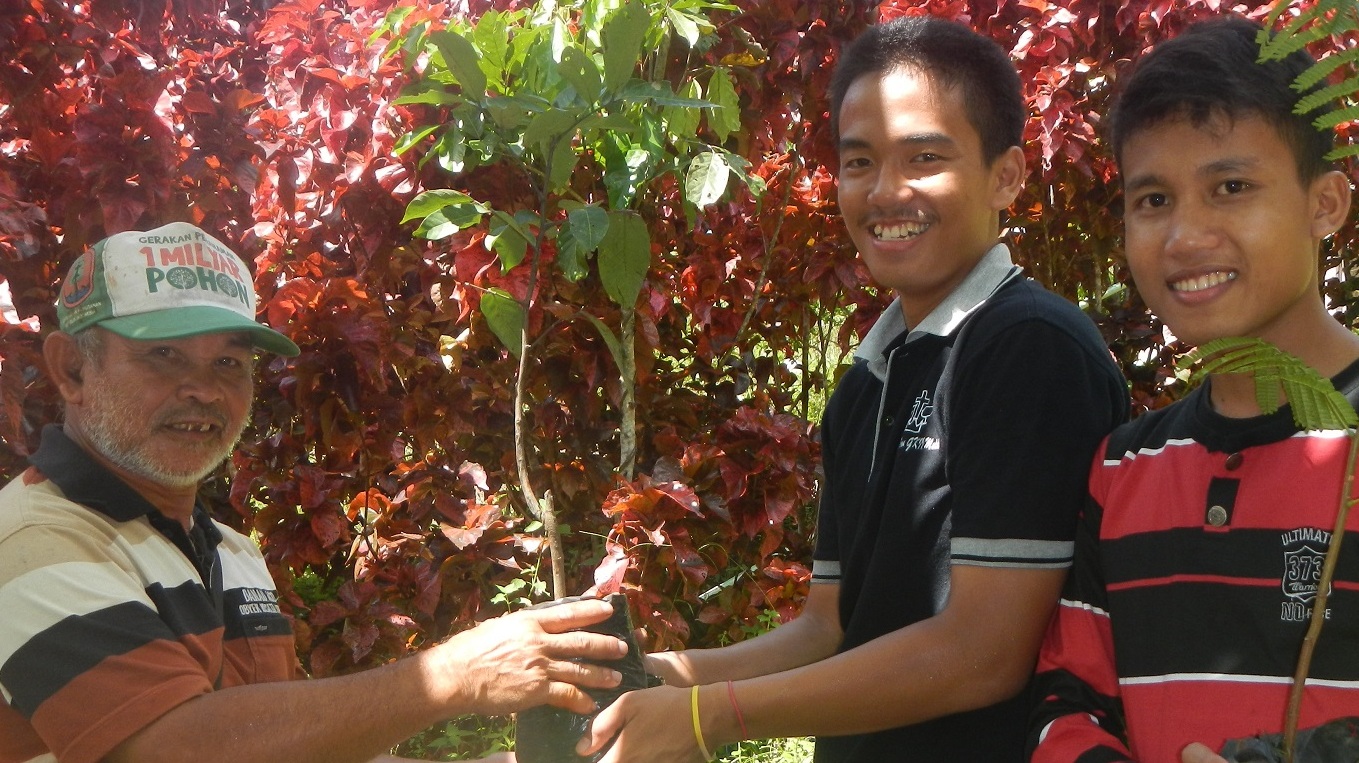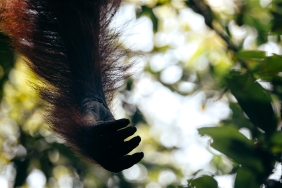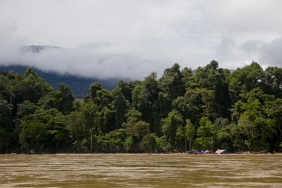LOCAL FOOD AND TRADITIONAL AGRICULTURE BECOME ACTORS TO PRESERVE THE EARTH
Crop cultivation and food production for a growing population make agriculture and food consumption a significant cause of environmental degradation, including climate change and biodiversity loss at the global level. However, there are ways to reduce pressure on the environment, mitigate groundwater and air pollution by maintaining and strengthening the characteristics of food cultivation as a form of conservation practice that can preserve biodiversity and natural biological processes to ensure food production as well as healthier consumption.
One example of this is being done in the Krayan Highlands, a region with stunning scenery and strong cultural traditions. Located in North Kalimantan and along the border with Sarawak and Sabah, Malaysia, the plateau is the ancestral land of the Lundayeh, Lun Bawang, Kelabit and Sa'ban indigenous peoples. Although now administratively divided between two countries, they still share one language, one history and a common cultural heritage. Despite their remote location and partially natural forests, the alluvial valleys of the Krayan Highlands have been utilized by indigenous people for centuries to grow rice. The community has also developed an agricultural system that prioritizes the cultivation of paddy rice, which is quite unique in the interior of Kalimantan. The landscape of the Krayan Highlands is generally a mix of land use with rice fields of bamboo clumps and fruit trees and surrounded by forests that blanket the hills and mountains. Clean, fresh water from the mountains is channeled through bamboo trunks or canals in the ground to the paddy fields.
Is this a conservation landscape? Or an agricultural landscape and part of an indigenous people's living space? How can a traditional land use and agricultural practice preserve the Earth for generations to come? Thanks to the agricultural systems they have developed based on local knowledge, traditional seed supplies, buffaloes, and a healthy environment, the communities in this region are food secure and able to maintain the fertility of the farmland. In addition, biodiversity plays a very important role. Both men and women have become custodians of the region's agricultural biodiversity. More than 40 varieties of rice are cultivated in the region, plus 3 varieties of sorghum and millet. Fruit diversity is also very high here. Local varieties that grow in orchards or on forest edges have specific phenotypic and sensory characteristics that have earned them names in the Lundayeh language. For daily foodstuffs, people rely not only on rice fields and gardens, but also on forests and other natural areas.
For centuries, this locality and the biodiversity associated with agricultural practices have been a way to build security, resilience, adaptability, and reduce vulnerability to climate change and other weather events. This diversity of food sources and crops is also reflected in local cuisine, 'Luk Kenen Tau' or what we eat, our food.
Rice is both a source of food security and part of the cultural and ethnic identity of the indigenous people of the Krayan Highlands. The community chooses to protect traditional farming areas and surrounding territories, and preserve traditional knowledge related to agricultural practices. In 2016, the indigenous community declared the Krayan Highlands as a traditional and organic farming area with high biodiversity of food crops. This initiative is a way to preserve rice varieties and other food crops, maintain traditions, and defend the community's living space.
Local agricultural systems developed by indigenous and local communities can be found in many places and islands in Indonesia. They have proven to be efficient, sustainable and well integrated with the surrounding ecosystem. Such systems and associated traditional knowledge should be documented, supported and, where appropriate, innovatively developed. Urban consumers can also play their part by choosing local food products that have clear certifications of origin, as well as choosing organic food that limits the use of chemicals harmful to the earth and ourselves. Traditional food production systems in rural Indonesia can be a solution to realize food security and sovereignty, economic empowerment for both men and women, and help achieve the Sustainable Development Goals (SDGs). In addition, traditional food systems are examples of production practices that are more in tune with nature and local culture, and respectful of mother earth.





